
Jewelry Through The Decades Series
Explore the elegant and timeless world of 1930s jewelry. From faux gems to retro styles, learn all about the history of these iconic pieces.
The 1930s was a decade of great change, both socially and economically. Despite the Great Depression, the fashion industry continued to thrive and jewelry played a major role in the decade’s style. The Art Deco movement was at its peak in the 1930s, and the geometric patterns and clean lines of this style were reflected in the jewelry of the period. Movie stars of the time, such as Greta Garbo and Marlene Dietrich, also helped to popularize the jewelry of the decade, with their glamorous and sophisticated style. From the timeless beauty of Art Deco to the timeless glamour of Hollywood, the jewelry of the 1930s is a fascinating and inspiring subject that continues to captivate us today.


The Great Depression’s Impact on Jewelry and Fashion: Hollywood Style Takes the Spotlight
During the Great Depression, clothing and jewelry prices dropped dramatically due to tight budgets and widespread poverty and unemployment. A nice dress that once cost around $25 could now be purchased for less than $5. Despite economic hardships, people sought ways to add glamour and fun to their lives, resulting in affordable prices for fashionable items.
Designers had to cut prices, compromising on material quality and using cheaper materials but continued to innovate with new designs. The fashion industry focused on affordability and practicality, with people seeking stylish, durable clothing. Many designers created simple and functional designs with a touch of sophistication.
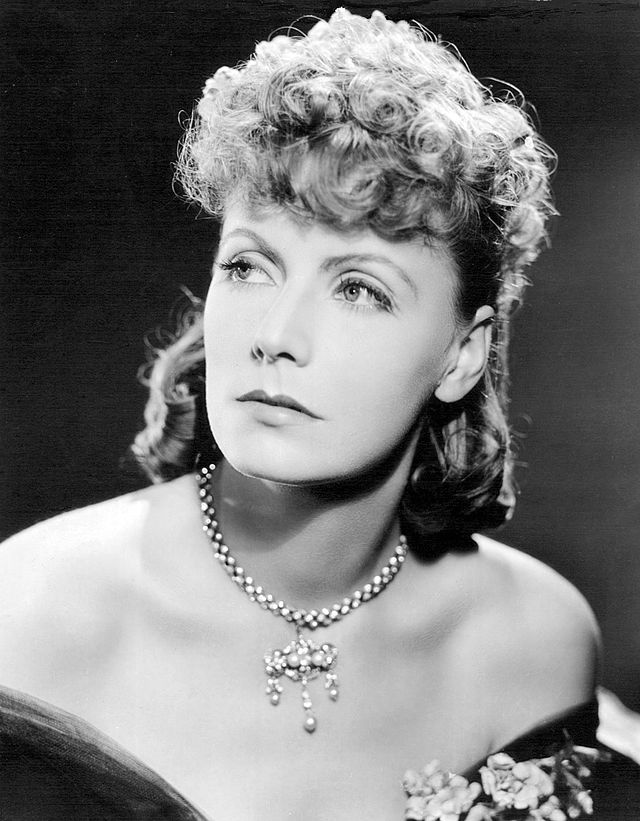
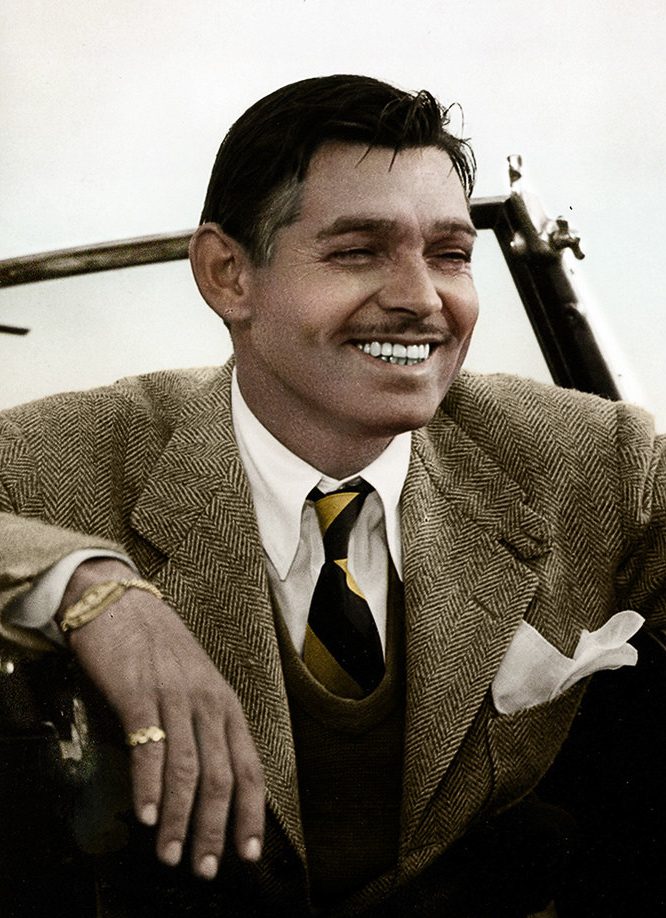
The movies provided a welcome distraction from the struggles of everyday life, and people began to look to Hollywood stars like Greta Garbo, Jean Harlowe, Clark Gable, and Errol Flynn for style inspiration. In turn, this led to a rise in jewelry wearing, as people sought to incorporate the glitz and glamour of Hollywood into their own lives.
Despite the economic hardships, people were still looking for ways to bring a little bit of glamour and fun into their lives. Fashion was seen as a way of expressing individuality and creating a sense of normalcy during a time of widespread uncertainty. People continued to attend social events and parties, and they wanted to look their best while doing so. This led to a rise in the popularity of second-hand clothing, as people searched for affordable ways to update their wardrobes.
From Faux to Fabulous: Jewelry Trends of the 1930s
Popular jewelry in the 1930s ranged in various forms and mediums, from necklaces to brooches, from decorative dress clips to buckles, bracelets, and cufflinks.
Faux materials were starting to be used more often, painted glass instead of real pearls. Bakelite (which is a form of plastic) was used in lieu of precious and/or semi-precious gemstones. Even though these materials were far less expensive than the real thing, they’d still help to make a low-price dress look like a million bucks.
There was a marked difference between Victorian jewelry and the jewelry that came about in the 1930s. 1930s jewelry offered consumers a variety of colored gemstones. Ruby red was standard, not to mention amethyst purple. Topaz orange, emerald green, and aquamarine were also quite popular. Many jewelry fans also had varieties of black onyx.
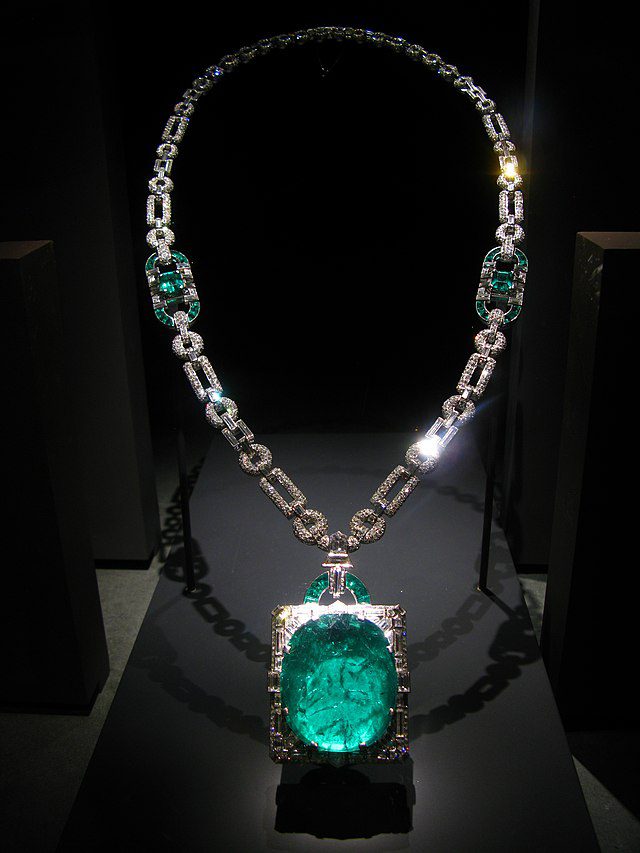
The Rise of Affordable Glitz: How 1930s Jewelry Appealed to Nearly Everyone
The new technologies and innovative processes in the 1930s revolutionized the jewelry industry, making it possible for designers to cater to a wider audience. Not only did this mean that women who normally couldn’t afford jewelry were now adorned in shimmering faux gems, but it also allowed dressmakers to take advantage of this trend. Coordinating their fashion creations with inexpensive jewelry, most notably their dress designs, was a way for dressmakers to showcase their skills as both designers and jewelry makers.
This combination of fashion and jewelry allowed women to look stylish and feel confident, whether they were wearing long strands of beads out and about or adorned in more elaborate jewelry pieces. The use of new materials, like painted glass and Bakelite, also made it possible for women to flaunt their style without breaking the bank. The 1930s marked a turning point in the jewelry industry, where affordability and style were no longer mutually exclusive.
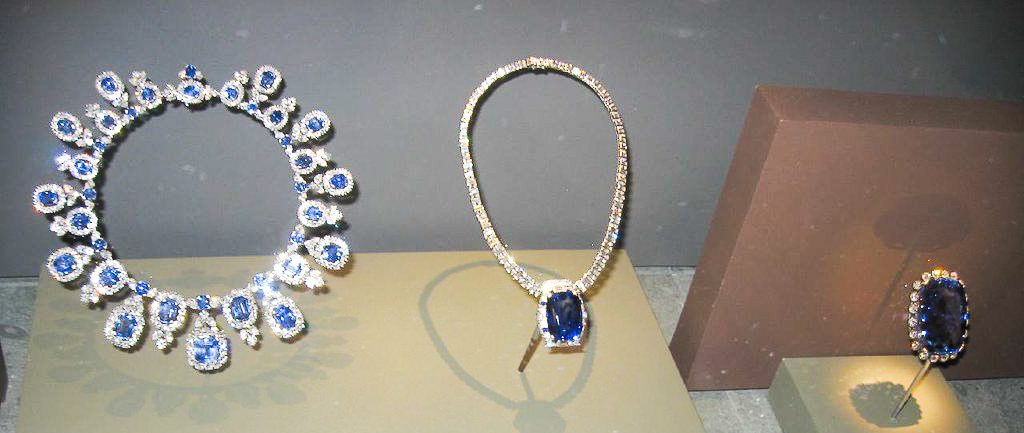

Resources:
- ¹1930’s Actress Hedy Lamarr via CNET: https://www.cnet.com/
- ²1930s Actor Clark Gable oneredsf1 via Flickr: https://www.flickr.com/
- ³1930s Mackay Emerald and Diamond Necklace by thisisbossi via Wikimedia Commons³: https://commons.wikimedia.org/
- ⁴(Cropped and Edited) Cartier Jewelry Designed in the 1930s taken by Ken Lund via Flickr: https://www.flickr.com/
- 1930s Actress Mary Astor: https://jenikirbyhistory.getarchive.net/
- Greta Garbo from the 1935 film Anna Karenina: https://commons.wikimedia.org/
My Jewelry Repair
Continuing Jewelry Repair For Decades to Come
The 1930s saw a rise in glamorous jewelry trends, with new materials and technologies introduced to the industry. Despite the changes in style, the importance of jewelry repair remains steadfast. Whether it’s restoring a cherished family relic or repairing a vintage piece of jewelry, My Jewelry Repair’s restoration services allow us to maintain the sentimental value of your treasured pieces for years to come.
Contact us today to learn more about our easy online jewelry and watch repair service!
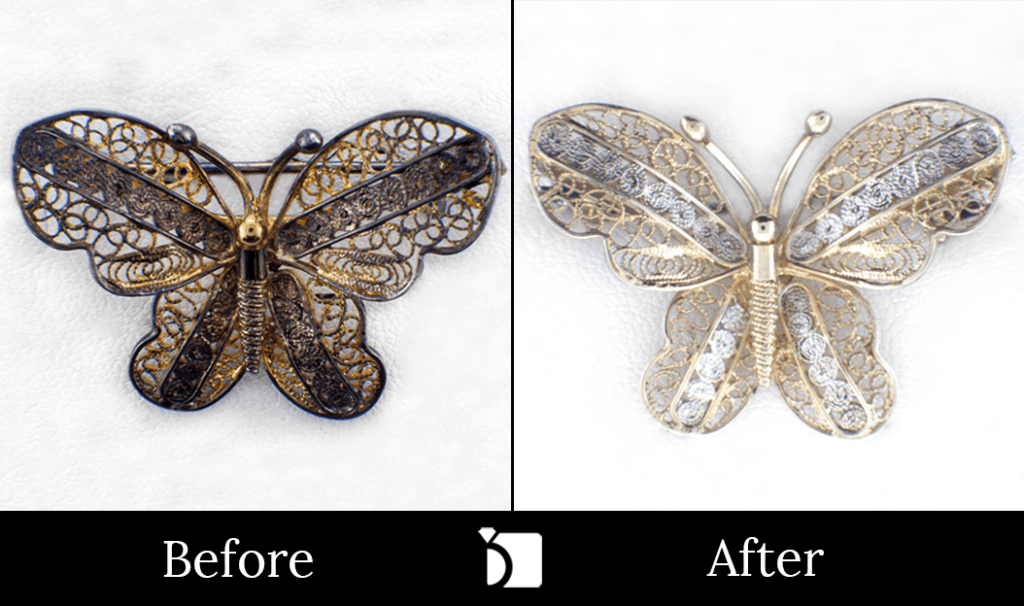
Vintage Butterfly Brooch (Before & After #12)
